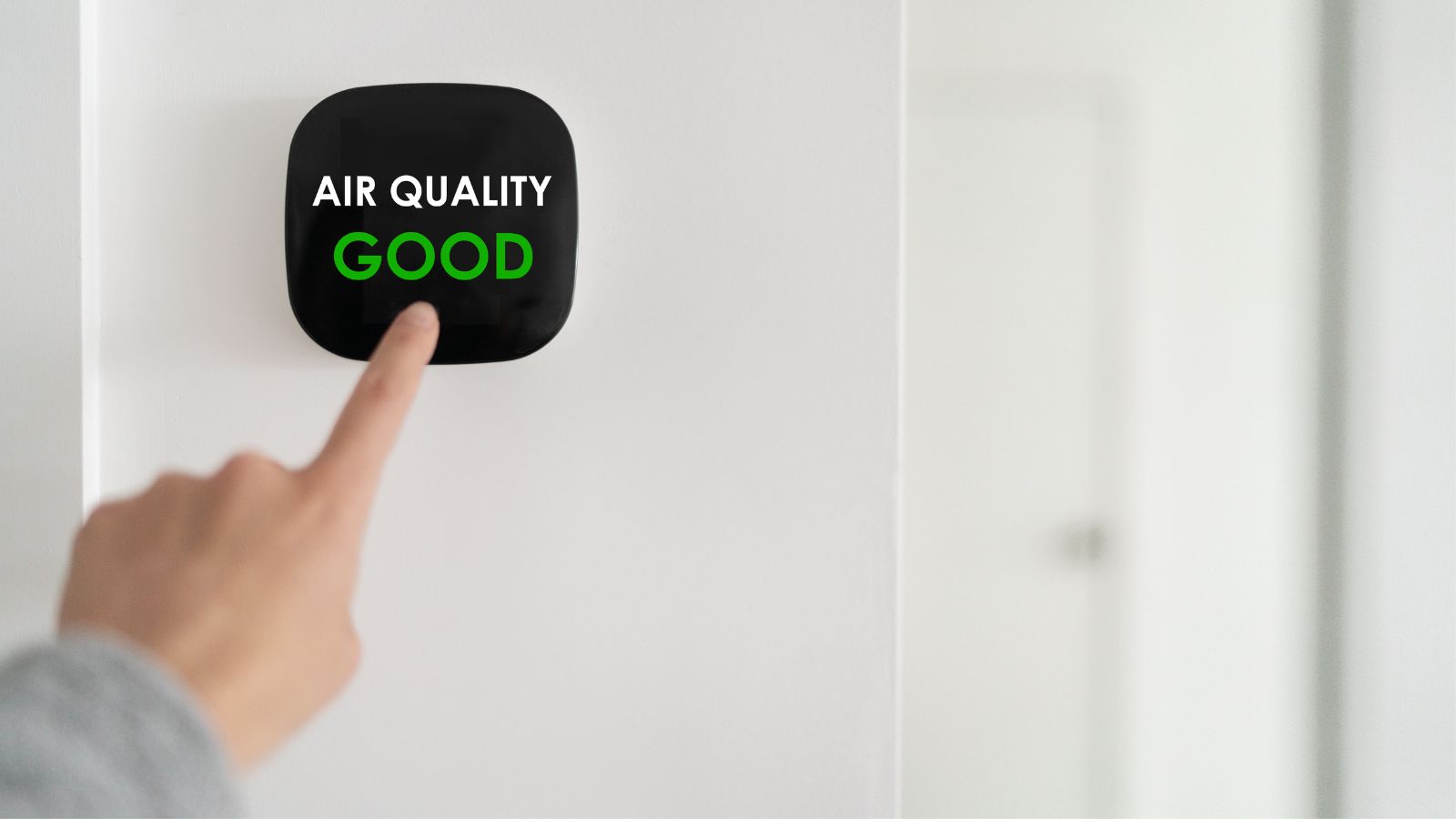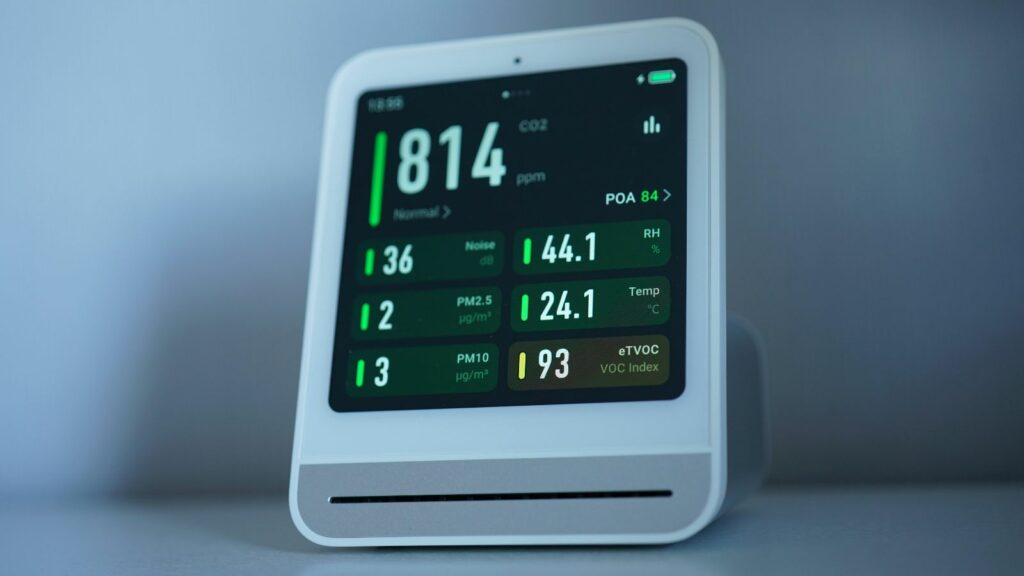Phone:
(701)814-6992
Physical address:
6296 Donnelly Plaza
Ratkeville, Bahamas.

We spend up to 90% of our lives indoors, yet many of us rarely consider what we’re actually breathing. The air within our homes often harbors significantly more pollutants than the air outside—a sobering reality whether you reside in a sprawling house or a cozy apartment. Indoor air quality silently influences everything from our daily comfort to our long-term health outcomes. Let’s explore practical, evidence-based approaches to transform the air you breathe at home.
When we talk about indoor air quality, we’re referring to the invisible ecosystem of particles and gases circulating in our enclosed spaces. This invisible soup commonly contains dust, pet dander, pollen, mold spores, and volatile organic compounds (VOCs) released by everyday items like fresh paint, household cleaners, and even new furniture. These pollutants originate from countless sources: yesterday’s cooking lingers as particulate matter, your favorite cleaning spray leaves chemical residues, building materials slowly off-gas, and outdoor pollutants drift in through windows and doorways.
This isn’t just about comfort—poor air quality triggers real health consequences. From the immediate (allergic reactions, asthma flare-ups, nagging headaches, and unexplained fatigue) to potential long-term respiratory complications. Children, elderly individuals, and those with existing health sensitivities often bear the brunt of these effects.
Small daily actions can dramatically reduce your exposure to indoor pollutants:
● Embrace microfiber cloths for cleaning—they capture dust rather than sending it airborne
● Create a daily “air flush” by opening windows for just 5-10 minutes, even during winter months
● Run exhaust fans in kitchens and bathrooms to whisk away moisture and cooking byproducts
● Minimize dust-collecting surfaces by reducing unnecessary clutter
Place quality doormats at entrances and consider implementing a shoes-off policy indoors. This simple boundary prevents tracking in a surprising array of outdoor contaminants—pesticides, pollen, lead dust, and other unwelcome hitchhikers.
Key Takeaway: Consistency matters more than perfection. Run that exhaust fan while sautéing dinner, dust with slightly dampened cloths weekly, and welcome fresh air whenever weather conditions allow.
There’s something undeniably refreshing about bringing houseplants indoors, and they do contribute to air quality—albeit modestly. Spider plants, peace lilies, and snake plants have earned reputations as natural air filters. Their primary benefit comes from the basic plant process of absorbing carbon dioxide and releasing oxygen, though some varieties can remove certain VOCs from your indoor environment.
Reality check: research indicates you’d need a veritable indoor jungle—dozens of plants per room—to significantly impact air quality through plants alone. Think of your leafy friends as welcome teammates rather than the entire solution to your air quality challenges.
Strategic structural improvements deliver lasting benefits to your breathing environment:
Consider upgrading your HVAC filters to those with higher MERV ratings (Minimum Efficiency Reporting Value). While standard filters typically fall in the MERV 1-4 range, stepping up to MERV 11-13 filters substantially increases your system’s ability to capture smaller particles. Mark your calendar for maintenance every 3-6 months to maintain peak performance.
Hunt down and seal leaks around windows, doors, and ductwork. This not only prevents outdoor pollutants from sneaking in but also improves your home’s energy efficiency—a win-win approach.
Maintain healthy moisture levels by deploying dehumidifiers in naturally damp areas. Keeping humidity between 30-50% creates an environment where mold struggles to gain a foothold.
The landscape of air cleaning technologies offers specialized solutions for specific pollutants. HEPA filtration systems can capture an impressive 99.97% of particles as small as 0.3 microns—including most common allergens. Activated carbon excels at trapping odors and gases, while UV-C light technology disrupts the DNA of certain microorganisms, rendering them harmless.
For those seeking additional protection, particularly in high-risk rooms like bedrooms, air purifiers provide an extra defense layer against airborne particles and allergens. The most effective models typically integrate multiple filtration technologies to address various pollutant types simultaneously.
Take the Johnson family, who battled seasonal allergies for years. Their multi-faceted approach included instituting a strict shoes-off policy, upgrading to MERV 13 HVAC filters, strategically placing several houseplants, and establishing regular ventilation routines. Within a month, they reported noticeably reduced allergy symptoms and improved sleep quality.
Then there’s Maria, whose apartment living situation limited her control over the building’s ventilation system. She focused instead on variables within her power: switching to low-VOC cleaning products, incorporating several air-filtering plants, creating cross-ventilation whenever possible, and placing portable air purification technology in her bedroom. These combined efforts transformed her indoor environment despite her structural limitations.

Certain warning signs suggest it’s time to call in experts: persistent musty odors that won’t dissipate, visible mold growth (especially after water damage), or respiratory symptoms that mysteriously improve whenever you leave home. Certified indoor air quality specialists can conduct thorough testing to identify specific pollutants and develop targeted remediation plans.
When searching for qualified professionals, look for credentials from respected organizations like the Indoor Air Quality Association (IAQA) or the American Industrial Hygiene Association (AIHA) to ensure you’re getting truly expert guidance.
Improving your home’s air quality resembles a marathon rather than a sprint—it requires consistent effort rather than one dramatic intervention. Begin with the fundamentals: regular cleaning, proper ventilation, and moisture control. As your awareness and budget allow, consider upgrades like enhanced filtration systems or dedicated air cleaning devices.
Remember that even modest changes can yield significant health benefits. Your investment in cleaner indoor air pays dividends through enhanced comfort, more restful sleep, reduced allergy symptoms, and improved overall wellbeing for everyone sharing your space.